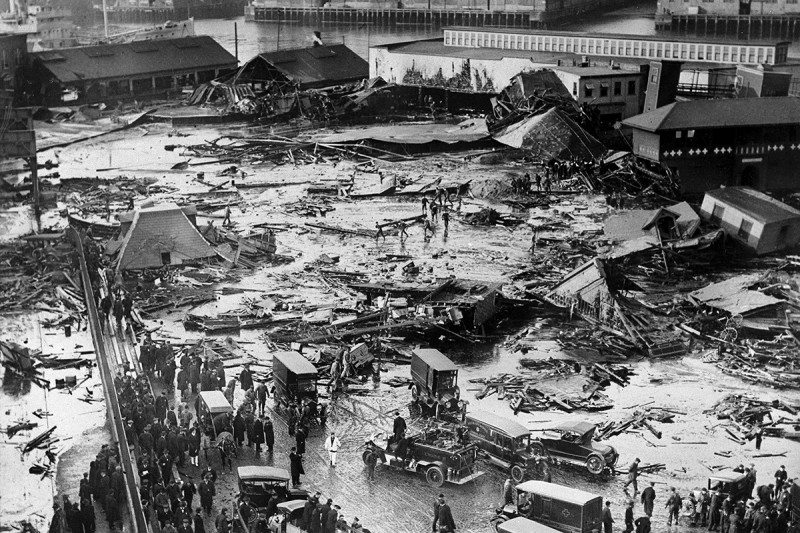

Rescue efforts continued for days, and cleanup took even longer. As it spilled out, it cooled and thickened, trapping survivors in the mess.

Two days before the accident, a new shipment of hot molasses had been added to the tank, so when it burst, the molasses inside might have been slightly warmer than the outside air. Supposedly, you can still smell the molasses when it gets hot enough. A lot of that potential energy that you had from stacking this thing up really high is going to turn into kinetic energy. Nicole Sharp, an aerospace engineer and science educator, explains: "You basically have a giant stack of something that's really heavy and as soon as you remove whatever's holding that - in this case, the walls of the tank - all of that's gonna rush out. When the company received complaints that the tank was leaking, it painted the tank brown to disguise the leaks rather than repair them.īesides the structural aspects of the tank, researchers have explored how the scientific properties of the molasses itself explain why the flood was so destructive. Industrial Alcohol, the company that owned the tank, had rushed to build it, employing an overseer who was an expert in finance, not engineering. On top of that, the steel that they used, although it was state-of-the-art of the day, we know today that it could be relatively brittle under certain circumstances." Whoever did the design failed to provide the adequate thickness of the steel. However, "one thing is very clear: it was under-designed. Researchers have been fascinated by this flood, studying the causes behind it as a phenomenon of science and poor engineering.Īccording to Ronald Mayville, an engineer who researches the flood in his spare time, there is no surefire reason the tank failed.


 0 kommentar(er)
0 kommentar(er)
